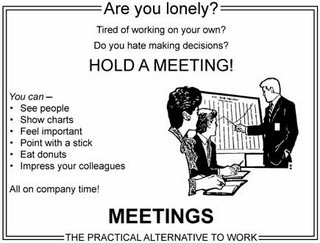I recently joined StackOverflow because we had some problems with FxCop that nobody could really explain, so the last option was to register for StackOverflow and ask there. I’ve noticed for some time now that this forum provides what are most probably the best answers to any development problem up to the point where I would add „stack overflow“ to any Google search regarding programming issues.
After asking the question and waiting for the answers I realized how immediately infecting the reputation-based system of StackOverflow is. There I was with my sad little 11 reputation points, 1 single badge and one question with no votes so far. If your the least bit competitive and a tiny bit insane, that’s going to bug the hell out of you. After all, you want more points, more badges, more votes, more reactions. At least that’s what happens with me.
So, I started to poke around the rest of StackOverflow, found questions to answer, added comments here and there and slowly my reputation points went up. Another nice side effect is that this blog gets a bit more traffic. Don’t know how many people stick around, but it feels good to gradually get more hits from all over the world.
The genius of StackOverflow is that reputation points are based on the rest of the community not on sheer input you feed into the system. In other words: StackOverflow rewards quality, not quantity. Most other online forums simply reward the quantity of posts with some kind of reward system. It doesn’t matter whether you post a detailed problem solution or just a „Okay. Thanks. I’ll try that.“ Your posts will be treated the same.
StackOverflow on the other hand won’t give you any reward until someone else from the community says that your answer or comment is actually worth it. Plus, there’s a penance if your fellow StackOverflow users thinks that your question or answer is kind-of-crap. The effect is that people are forced to actually think about what they’re writing (be it a question or an answer), rather than just typing in some unreadable, unclear and basically not-thought-through stuff and hoping that everyone else will just ignore that you obviously weren’t willing to spent a few minutes on thinking about what you’re writing.
It also makes sure that the answers for the most time are a lot better than in most other forums, because an answer that is either wrong, incomplete, unhelpful or just hard to understand will probably not be getting you any points and therefore probably not worth writing at all.
How I think about this, I am pretty much assuming that most users of StackOverflow share the little competitive and game-affine trait that I have. But, yes, I think they do. I think that getting points and climbing up in some kind of hierarchy is something that is addictive to most of us who spent a lot of their time at the computer even when they’re not at work. It just gets us. It’s what makes so many time-wasting small web games so popular. It’s what makes location-aware services like Foursquare and Gowalla work. Because, let’s face it: We all like to play rather than work. And if you make what we would otherwise perceive as work seem like a game to us, you win.
So adding a game-like feature to something that is actually more than a game is pure genius. It makes a forum that probably would have been very good anyway an amazingly great forum. So I salute whoever originally said „How about we make it reputation based, but… different?“ It was a great idea. And it worked.

